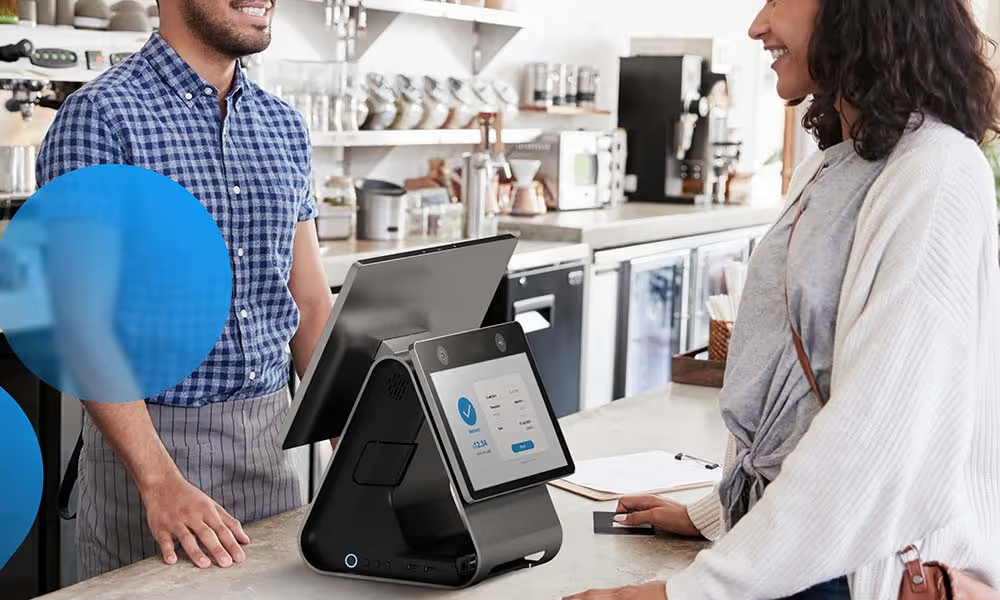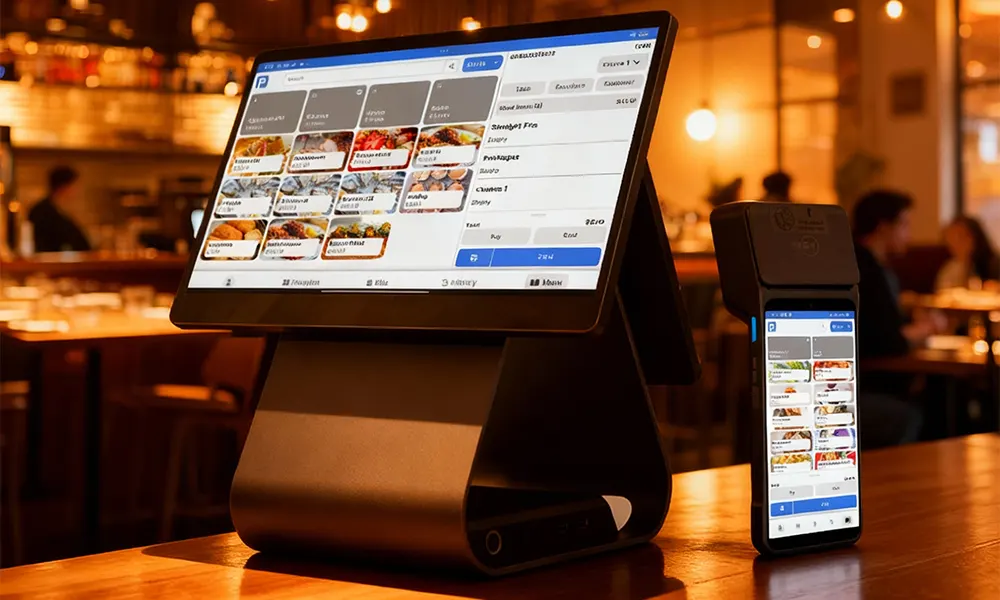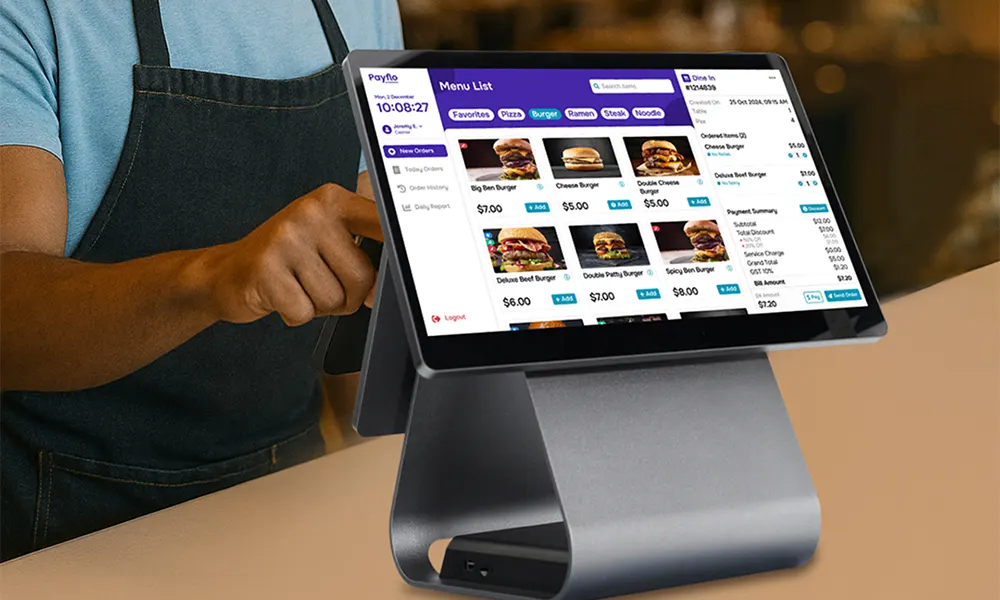Ever wondered why some stores seem to have that magnetic pull, drawing customers to pick up items they didn’t plan to buy? The secret lies in well-designed point-of-sale (POS) displays. But here’s the challenge: with so many products competing for attention, how do you make yours stand out?
A strategically designed POS display does more than look good—it actively influences buying behaviour. Whether you're a small business owner or a retail manager, knowing how to use these displays effectively can significantly impact your sales. But what goes into creating the perfect POS display?
1. What is a POS Display?
A point-of-sale (POS) display is a retail space set up to highlight specific products or promotions near the checkout counter or throughout the store. These displays are positioned to encourage impulse buying by showcasing products customers may not have planned to purchase.
Types of POS Displays
- Counter Displays: Small displays set on checkout counters.
- Floor Stands: Free-standing displays designed for large product arrangements.
- End Caps: Displays at the end of aisles, capturing shopper attention.
- Interactive Displays: Engaging displays where customers can test or sample products.
POS displays are all about placing products where they’re most likely to catch the eye, spark curiosity, and encourage last-minute buys.
2. The Psychology Behind Effective POS Displays
When it comes to POS displays, understanding consumer psychology can make a world of difference. Let’s look at a few core elements:
- Colour and Emotion: Colours can trigger emotions. For instance, red and orange can evoke excitement and urgency, while blue and green are calming and trustworthy.
- Eye-Level is Buy-Level: Studies show that products placed at eye level are more likely to be noticed and bought.
- Scarcity and Exclusivity: Wording like “limited edition” or “exclusive offer” can create urgency.
- Clear Messaging: Use brief, clear messages that quickly communicate value, like “Buy One, Get One Free” or “Limited Time Offer.”
Designing a POS display with these psychological principles in mind can create a strong emotional appeal, nudging customers toward a purchase.
3. Key Elements of a High-Impact POS Display Design
Use of Colours and Graphics
Bold colours and eye-catching graphics draw customers’ attention instantly. Use colours that complement your brand but also make the display stand out in the store.
- Primary Colours: Use red, yellow, or green as they are known to attract attention.
- Contrasting Colours: Mix contrasting colours to help your display pop.
- High-Quality Graphics: A clear and high-resolution image can make all the difference in attracting customers.
Lighting
Lighting is an underrated element in POS displays. Good lighting makes your products look appealing, and it also directs attention exactly where you want it. Consider these tips:
- Accent Lighting: Highlight specific products within the display.
- Colour-Corrected Lights: Make sure lighting shows your product’s true colours.
Text and Branding
Your POS display should be an extension of your brand. Keep the messaging concise but impactful. Use branded colours, fonts, and logos to build brand recognition and trust.
Product Accessibility
It’s essential for customers to be able to easily see, touch, and pick up the items on display. This tactile experience encourages them to take action and make a purchase.
4. Strategic Placement of POS Displays: Maximising Visibility
Where you place a POS display can make all the difference in how effective it is.
Ideal Placement Areas
- Checkout Counters: Capture attention while customers wait to pay.
- Store Entrances: First impressions count! Use an eye-catching display to set the tone.
- End of Aisles (End Caps): Highly visible and effective for showcasing promotions.
- Near Complementary Products: Place displays near related items to encourage upsells (e.g., placing chip displays near soda refrigerators).
Placing displays in high-traffic areas or near complementary products can amplify their impact and encourage spontaneous buying.
5. Design Tips to Make Your POS Display Stand Out
- Use Strong, Simple Headlines: Keep your headline short, punchy, and relevant. “Grab & Go!” or “Fresh Arrivals” are simple but effective.
- Showcase Limited-Time Offers: Create a sense of urgency with phrases like “Only Today!” or “Limited Stock!”
- Incorporate Interactive Elements: For more engagement, add elements customers can touch or try.
- Experiment with Digital Displays: Digital displays allow you to update content quickly, ideal for promotions that change often.
Checklist for Effective POS Displays
- Does it use eye-catching colours?
- Is the message clear and easy to understand?
- Is the display placed in a high-traffic area?
- Are the products accessible and easy to grab?
6. Measuring the Success of Your POS Displays
Creating a POS display isn’t just about setting it up and hoping for the best. It’s essential to measure its effectiveness and adjust as needed.
Key Metrics to Track
- Sales Data: Monitor sales before and after placing the POS display.
- Foot Traffic: Use tracking tools to see how many customers pass by the display.
- Engagement Levels: Observe how often customers stop and interact with the display.
Using these insights, you can refine your approach, helping you determine what’s working and what’s not.
Wrapping Up: Transform Your Sales with Smart POS Displays
In today’s competitive retail world, creating impactful POS displays is a must for driving sales and capturing customer interest. A well-designed display goes beyond aesthetics—it’s a strategic tool that can help you attract, engage, and convert shoppers.
Ready to boost your sales through effective POS displays? Contact us for a demo to see how the right display can transform your store! Book a demo here.
FAQs
1. What makes a POS display effective?
A well-designed POS display uses bold colours, clear messaging, and strategic placement to attract customer attention and encourage impulse purchases.
2. Where should I place a POS display for maximum impact?
High-traffic areas like checkout counters, store entrances, and aisle ends are ideal for POS displays.
3. How can I measure the success of my POS displays?
Track sales data, foot traffic, and customer engagement with the display to evaluate its performance.
4. What are some quick tips for creating an engaging POS display?
Use strong, simple headlines, bright colours, easy-to-read text, and high-quality graphics.
5. Are digital POS displays worth the investment?
Yes, digital displays can be updated easily and are excellent for high-rotation products or promotions.


%201.svg)
%201.svg)





.png)
.png)
